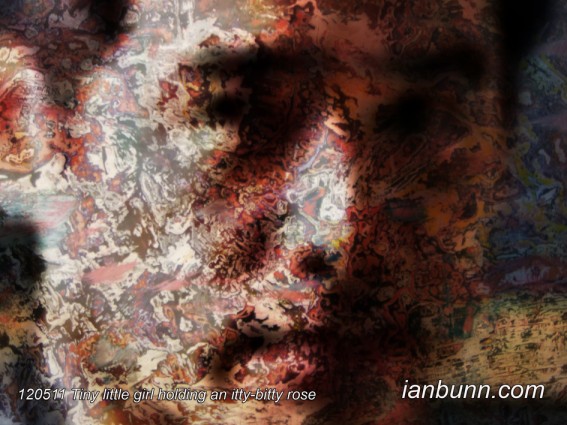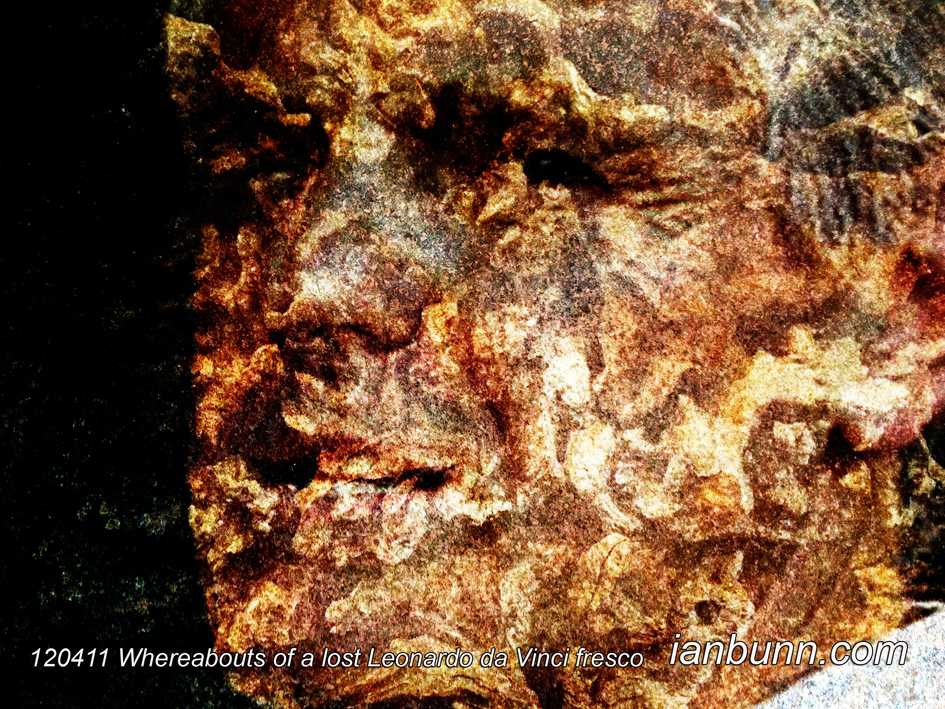Lee Mingwei the Taiwanese installation artist who undertakes participatory projects where strangers can explore issues of trust, intimacy, and self-awareness. Mingwei in an interview with Kate Deimling for Artinfodotcom, when asked “For ‘The Moving Garden’, which was recently on view at the Brooklyn Museum, you placed real flowers in a 45-foot-long granite table. Visitors were invited to take a flower and give it to a stranger upon leaving the museum. How often did you have to replace the flowers?” Mingwei responded, “The museum had to replenish 150 roses every morning before it opened. By around 3pm, most of the flowers would have been taken and given as gifts between strangers. …the Brooklyn Museum created a Twitter site for participants to post their encounters. One of the most beautiful images is a tiny little girl dressed in a polka-dot dress holding an itty-bitty rose. I am fascinated by these two ideas [chance and randomness] which are quite important in my practice. I often remind myself that if one of my female ancestors didn’t go to the market that fateful morning, she would never have met my male ancestor, and thus I would never have existed.”
Inspired by Kate Deimling http://ow.ly/aEgNF image source facebook http://ow.ly/aEhjw

